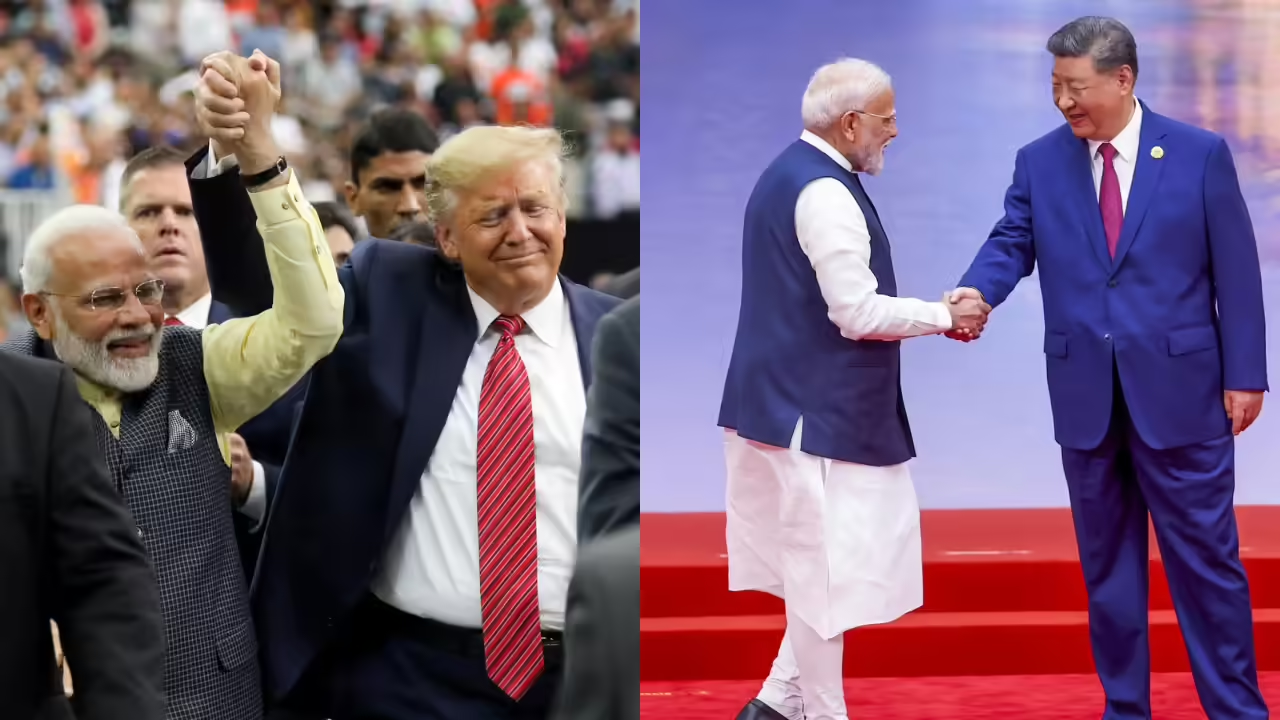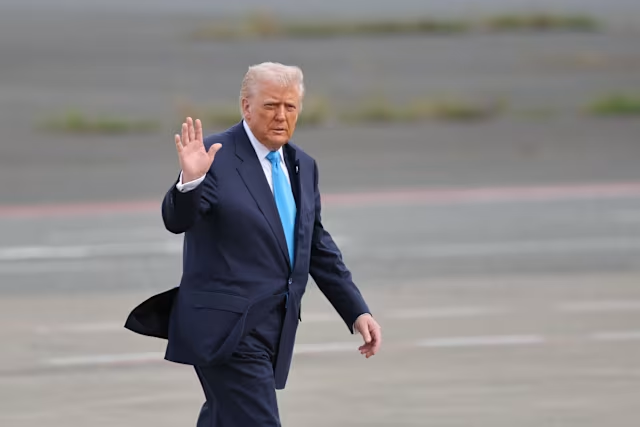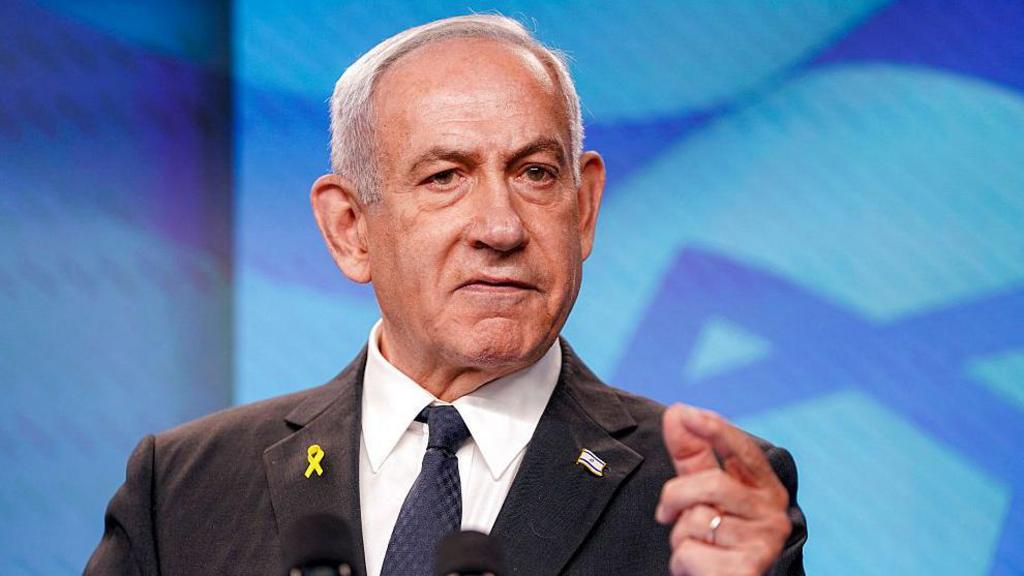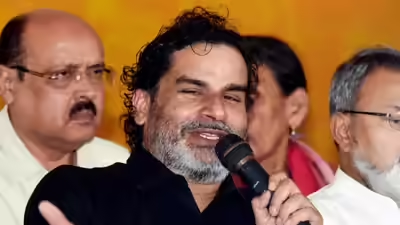Now Reading: How Policy Missteps Strained Modi-Trump Ties and Shifted India’s Global Position
-
01
How Policy Missteps Strained Modi-Trump Ties and Shifted India’s Global Position
How Policy Missteps Strained Modi-Trump Ties and Shifted India’s Global Position

The once-celebrated Modi-Trump bonhomie, symbolized by high-profile events and warm public gestures, faced turbulence due to a series of policy missteps from Washington. What began as a promising partnership between the leaders of the world’s two largest democracies gradually lost momentum, pushing India to recalibrate its global strategy and explore closer engagement with other powers like China and Russia.
Central to the strain were trade disagreements. The Trump administration’s decision to withdraw India from the Generalized System of Preferences program and impose steep tariffs on Indian goods was viewed as a major setback in New Delhi. For Indian exporters, especially those in smaller cities reliant on global demand, these moves translated into reduced competitiveness and increased uncertainty.
Another challenge arose from differing strategic priorities. While the US pushed for a harder line on Iran and closer alignment with its security goals, India faced practical constraints due to its energy dependence and regional concerns. These gaps in understanding created friction, diminishing the trust that had been carefully built.
For India, the fallout meant strengthening its long-standing ties with Russia in defense and energy, while also cautiously expanding trade with China despite border tensions. Experts note that these adjustments were not a complete shift away from Washington but a balancing act to secure India’s interests in an unpredictable global environment.
The fading warmth between Modi and Trump serves as a reminder that strong personal chemistry between leaders cannot substitute for steady, long-term policy alignment. For India, the experience underscores the need for strategic autonomy and diversified partnerships, ensuring that its rise on the global stage is not overly dependent on any single power.

























